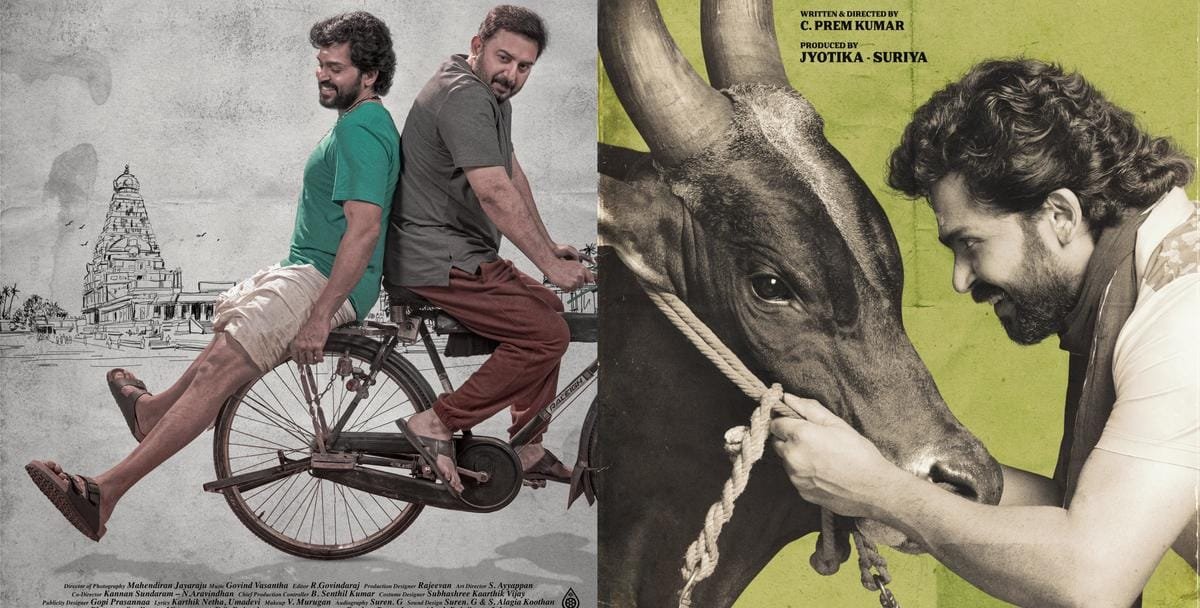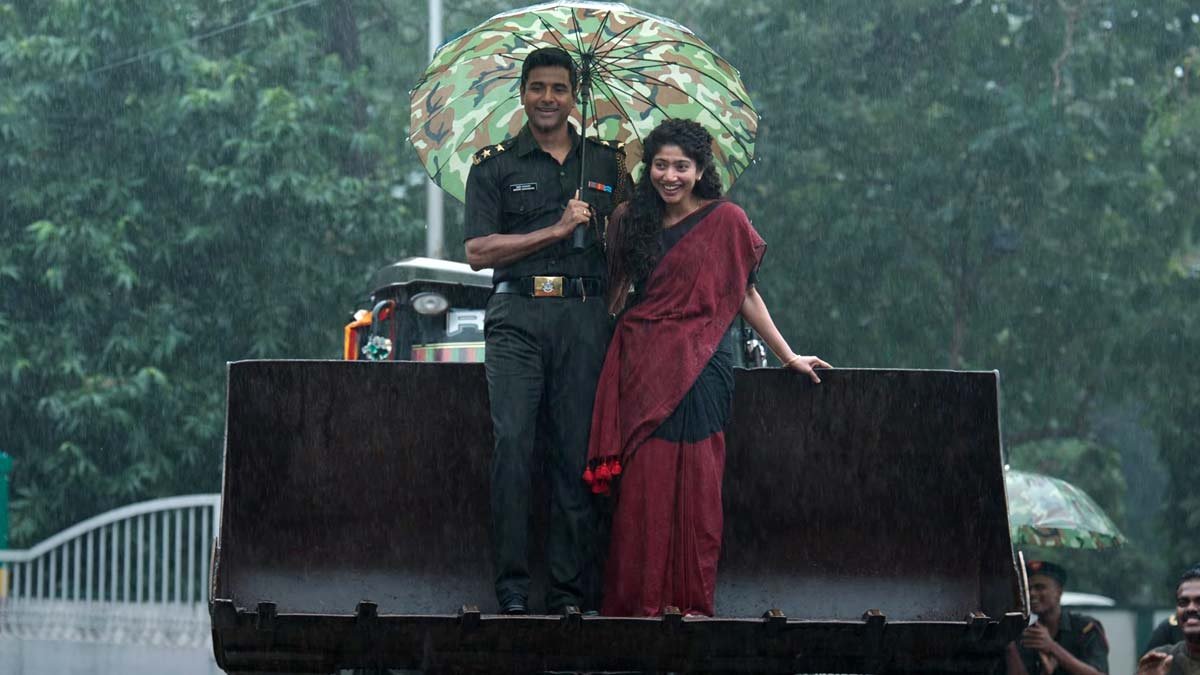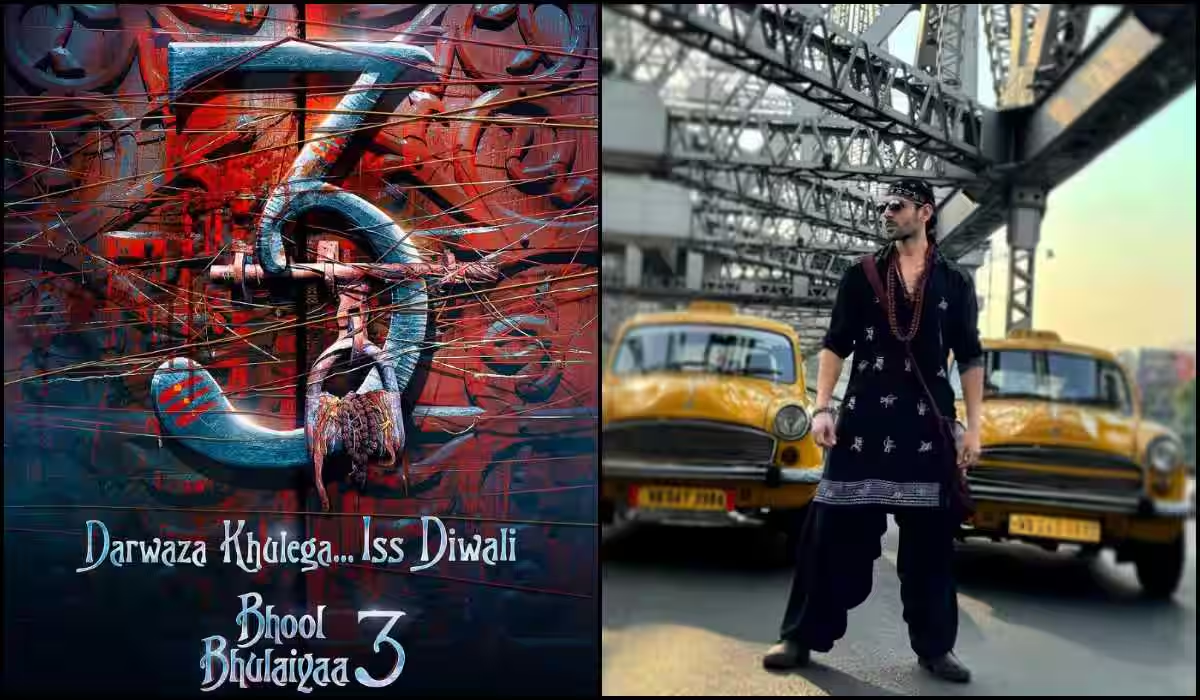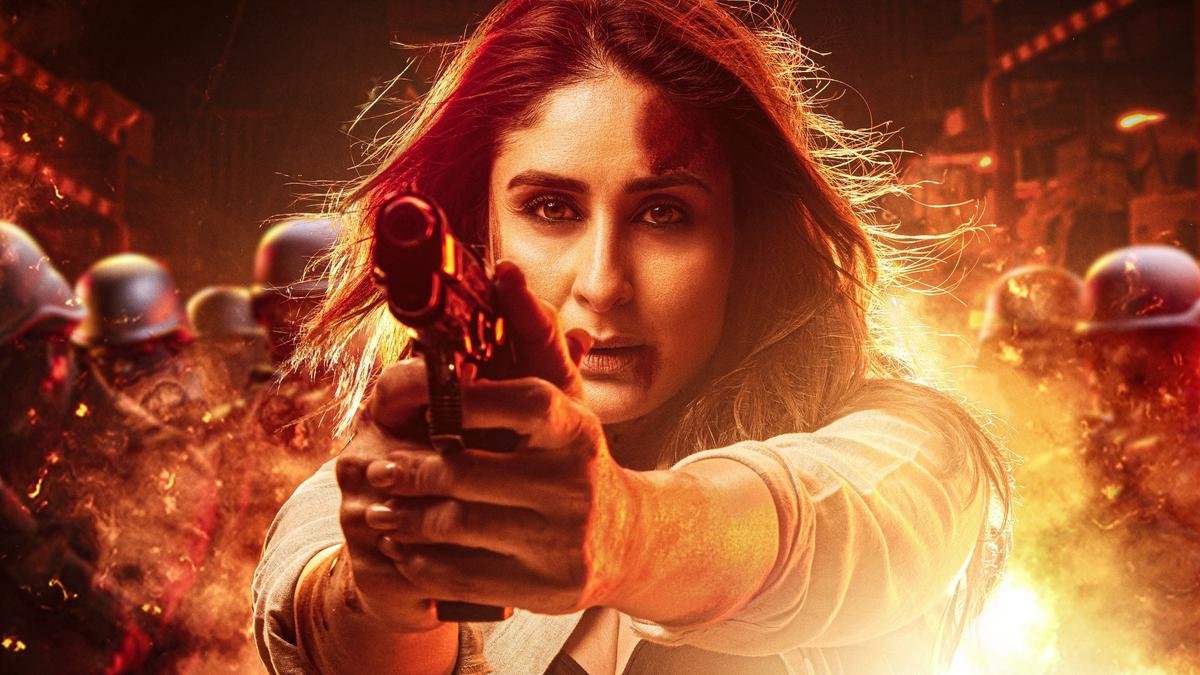Emergency Movie Review: Kangana Ranaut’s Bold Retelling of History
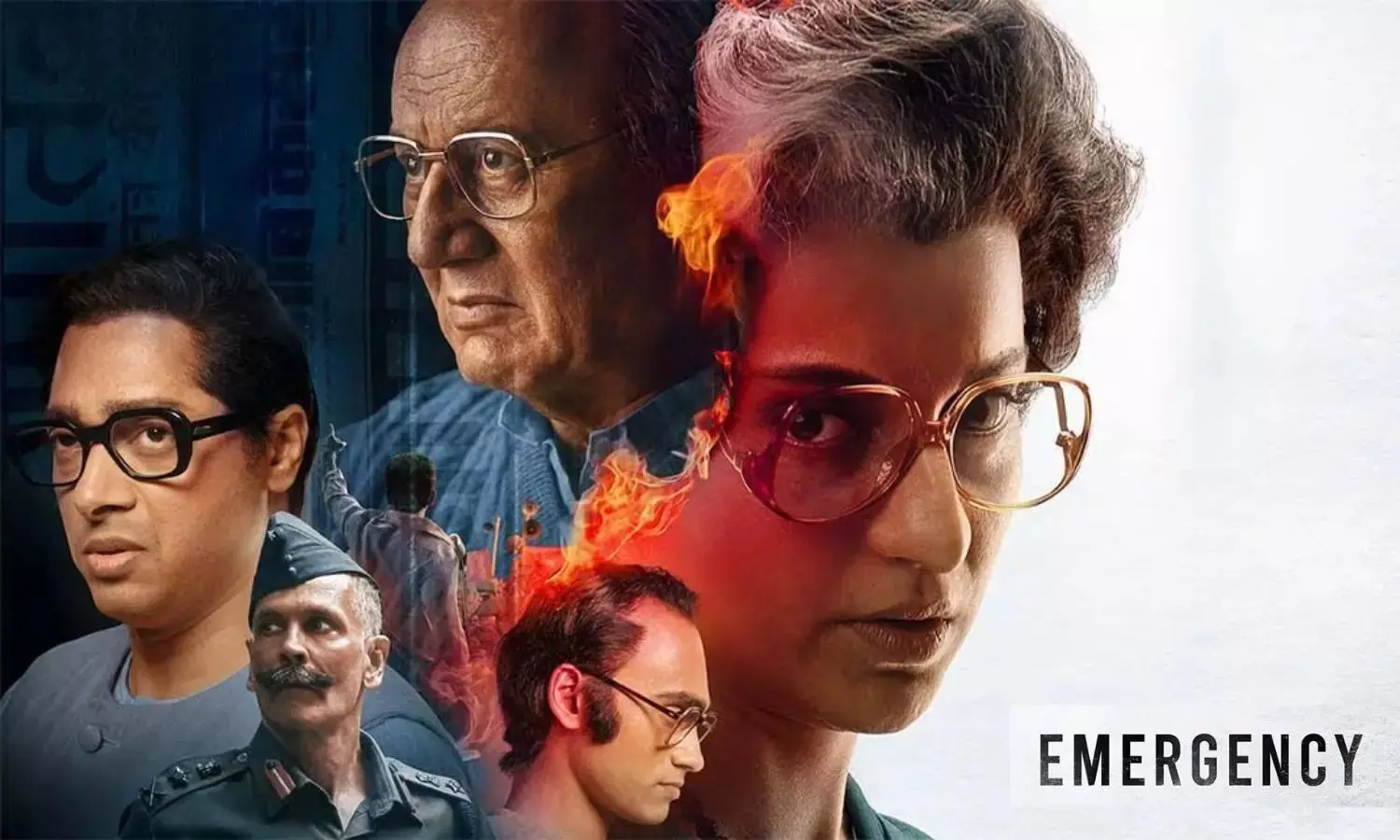 Emergency Movie Review Kangana Ranaut’s Bold Retelling of History
Emergency Movie Review Kangana Ranaut’s Bold Retelling of HistoryEmergency Movie Review: A Powerful Tale of Leadership, Power, and Legacy
Imagine a country under complete control—a time when voices were silenced, freedoms were taken, and fear ruled the streets. This was India during the Emergency of 1975-77, declared by Prime Minister Indira Gandhi. Now, the movie Emergency, directed by and starring Kangana Ranaut, brings this controversial chapter of history to life. It’s a gripping story of power, politics, and personal sacrifice that makes you question what leadership truly means.
Facts About the Film 📽️
- 🎬 Director & Lead Actress: Kangana Ranaut takes the helm both as the director and lead actress, portraying Indira Gandhi.
- 🗓️ Historical Context: The movie is set during India’s Emergency period (1975-77), a time of significant political upheaval.
- 🌟 Star-Studded Cast: Features stellar performances by Anupam Kher, Shreyas Talpade, and others.
- 🎥 Authentic Production Design: Recreates the 1970s with meticulous attention to detail.
- 🕰️ Runtime: Approximately 2 hours 30 minutes, balancing historical depth and cinematic drama.
- 🗨️ Dialogues: Sharp and provocative, reflecting the tensions of the era.
- 🏆 Controversial Spotlight: The film sparked debates and discussions across political and social platforms.
Storyline: A Nation in Crisis
The movie takes us back to a time when democracy was put on hold. Indira Gandhi, facing political turmoil and personal challenges, imposes the Emergency to maintain her control over the country. But with this decision comes chaos—censorship, arrests, and unrest spread like wildfire.
While Emergency focuses on Indira Gandhi’s perspective, it also gives glimpses of the ordinary people, activists, and leaders who fought against oppression. The story combines real events with dramatized moments, making it both educational and emotionally engaging.
Key Highlights
- 🎭 Kangana Ranaut as Indira Gandhi:
Kangana delivers a powerful performance, capturing both the strength and vulnerability of Indira Gandhi. She portrays the leader as a woman torn between her duties as a politician and her personal struggles. - 🕵️♂️ Strong Supporting Cast:
Actors like Anupam Kher, Shreyas Talpade, and others bring depth to the story, portraying figures who stood on either side of history. - 🎥 Authentic 1970s Atmosphere:
From the costumes to the sets, the film immerses you in the era, making you feel the tension and uncertainty of the time. - 🗨️ Thought-Provoking Dialogues:
The movie’s dialogues hit hard, especially during key moments where power and morality clash.
Controversy Surrounding the Film
As with any politically charged film, Emergency sparked its fair share of controversy. Critics and political figures accused the movie of being biased, claiming it either glorified or unfairly vilified certain individuals. Some argued that the portrayal of Indira Gandhi lacked balance, focusing too heavily on her decisions during the Emergency while ignoring her broader legacy.
There were also allegations that the film might reignite old political divides, with some groups calling for boycotts and protests. However, Kangana Ranaut addressed these criticisms head-on, defending the film as an honest attempt to present a crucial chapter of Indian history. She stated that the movie’s purpose was not to polarize but to spark dialogue about the cost of power and leadership.
Despite the uproar, the controversy only added to the film’s visibility. Public debates, media coverage, and discussions on social platforms drew more attention to Emergency, ultimately boosting its box office performance.
In-Depth Analysis
| Aspect | Details | Impact |
|---|---|---|
| Storyline | The narrative is centered around the imposition of the Emergency by Indira Gandhi and its fallout. | Captures the chaos and emotional toll of a politically charged era, keeping viewers engaged. |
| Characterization | Indira Gandhi is portrayed as a leader balancing political ambition with personal struggles. | Offers a nuanced perspective on a controversial figure, making her both relatable and complex. |
| Performances | Kangana Ranaut excels as Indira Gandhi, supported by strong performances from the ensemble cast. | The acting adds emotional depth and realism to the film, enhancing its authenticity. |
| Themes Explored | Power, freedom, morality, and resistance are the core themes. | The film examines the price of leadership and the fragility of democracy in the face of ambition. |
| Historical Accuracy | A mix of real events and dramatization for cinematic effect. | Balances education and entertainment, making the film accessible to both history buffs and casual viewers. |
| Cinematography | Dark, moody visuals and period-accurate sets create a tense atmosphere. | Successfully transports viewers to the 1970s, enhancing immersion. |
| Dialogues | Sharp, impactful lines, particularly in key political and emotional moments. | The dialogues resonate, leaving a lasting impression on the audience. |
| Pacing | Engaging but slightly slow in parts, especially during detailed expositions. | While the tension builds effectively, some viewers may find the pacing uneven. |
| Sound Design | Background score complements the intense and dramatic tone of the film. | Adds emotional weight and amplifies the tension in pivotal scenes. |
| Direction | Kangana Ranaut’s directorial approach balances drama and historical context. | Successfully delivers a powerful story, though some may feel it’s overly focused on one perspective. |
Key Themes and Their Execution
- Power and Morality:
The film explores how power can corrupt even the most well-meaning leaders. Indira Gandhi’s decisions, while framed as necessary, come at a heavy cost to democracy and individual freedoms. - Resistance and Sacrifice:
The portrayal of activists and political prisoners highlights the bravery and resilience of those who stood against oppression. - Humanizing Leadership:
By showing Indira Gandhi’s vulnerabilities and personal dilemmas, the film paints a balanced picture of a leader often viewed as authoritarian.
What Worked Well
✅ Engaging Storytelling: The film keeps you hooked with its mix of political drama and personal emotion.
✅ Complex Characterization: Indira Gandhi is shown as more than just a leader—she’s a human being with flaws and vulnerabilities.
✅ Immersive Cinematography: The visuals perfectly capture the mood of a nation under siege.
What Could Have Been Better
❌ Narrow Perspective: While the focus on Indira Gandhi is compelling, the film misses an opportunity to delve deeper into the experiences of ordinary citizens and opposition leaders during the Emergency.
❌ Pacing Issues: Certain parts of the film feel stretched, particularly in scenes where dialogue-heavy exposition takes precedence over action.
Key Moments That Stand Out
- The Emergency Declaration: Indira Gandhi’s speech announcing the Emergency sends chills down your spine.
- The Activist’s Struggle: Scenes showing arrests and censorship highlight the bravery of those who resisted.
- Indira’s Inner Conflict: The movie gives a rare glimpse into her personal dilemmas, making her character relatable.
Why You Should Watch It
- To understand one of the most controversial periods in Indian history.
- To see a nuanced portrayal of Indira Gandhi, one of the most powerful and polarizing figures in Indian politics.
- To experience a blend of history and drama that leaves a lasting impression.
Final Verdict
Emergency is a bold and thought-provoking film that dives deep into a dark period of India’s past. It’s not just about politics; it’s about power, responsibility, and the human cost of leadership. Kangana Ranaut shines in the lead role, and the film’s gripping narrative ensures it stays with you long after the credits roll.
Rating: 🌟🌟🌟🌟☆ (4/5)
If you love political dramas or want to learn more about this pivotal moment in Indian history, Emergency is a must-watch.














